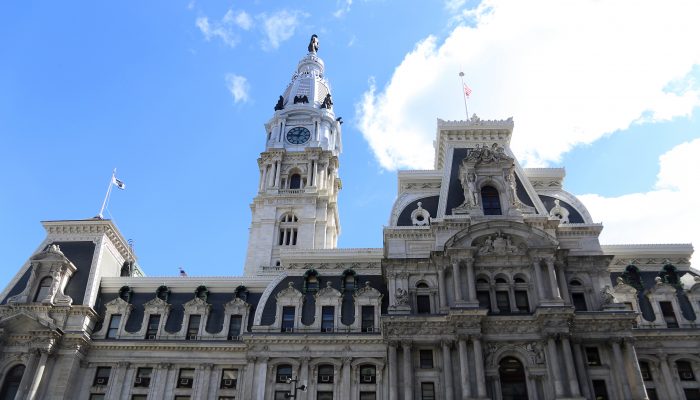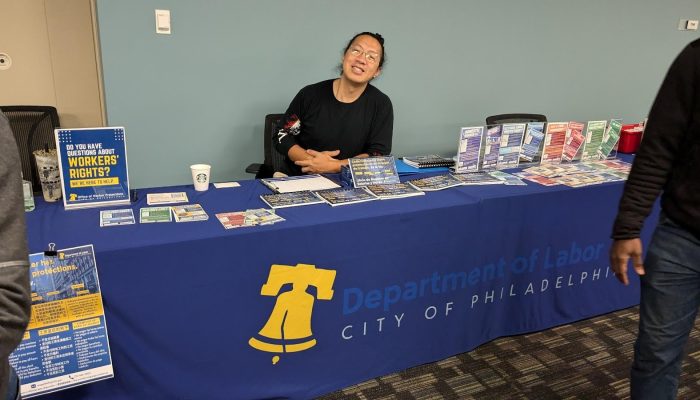Philadelphia Department of Labor: Structure, history, and labor relations
The Philadelphia Department of Labor was officially established in 2020 following a voter referendum to consolidate the City’s labor-related functions. This move created a unified body to better protect and educate workers, enforce labor laws, and modernize Citywide labor relations.
Who makes up the Department of Labor?
- Office of Worker Protections (OWP): Enforces City ordinances like the Fair Workweek Law (2018), Paid Sick Leave, and Wage Theft Prevention.
- Office of Labor Standards (OLS): Traces its roots to the Philadelphia Commission on Human Relations (1951), itself a successor to the 1948 Fair Employment Practices Commission.
- Office of Employee and Labor Relations (OELR):
- Employee Relations Unit: Focuses on internal workforce relations, training, and grievance management. It likely emerged alongside the Office of Human Resources in the 1951 Home Rule Charter.
- Labor Relations Unit: Oversees collective bargaining and union contracts Citywide.
- Living Wage Working Group: Supports the City’s 21st Century Minimum Wage and Benefits Standard, affecting City contracts and subsidies.
- Board of Labor Standards: Provides oversight on City labor policies and wage enforcement strategies.
Learn more about what each part of our department does on our About page.
Historical foundations
Prior to the 2020 consolidation:
- OELR served as the City’s chief labor negotiator and centralized investigator of workplace-related claims of discrimination, harassment, and retaliation.
- The creation of the OWP coincided with enforcement responsibilities tied to progressive worker laws passed in the late 2010s.
- The OLS built on civil rights-era enforcement traditions of fair employment and anti-discrimination efforts.
Labor negotiations: A 60-year progression
Philadelphia’s labor relations span decades, shaping benefits and stability for thousands of municipal employees.
Philadelphia’s Department of Labor represents a strategic unification of legacy functions and modern mandates. The evolution of its labor negotiations, following the creation of the Pennsylvania Intergovernmental Cooperation Authority (PICA), reflects a more structured, equity-minded model focused on fair compensation, retention, and long-term workforce planning, all occurring under budgetary oversight.




